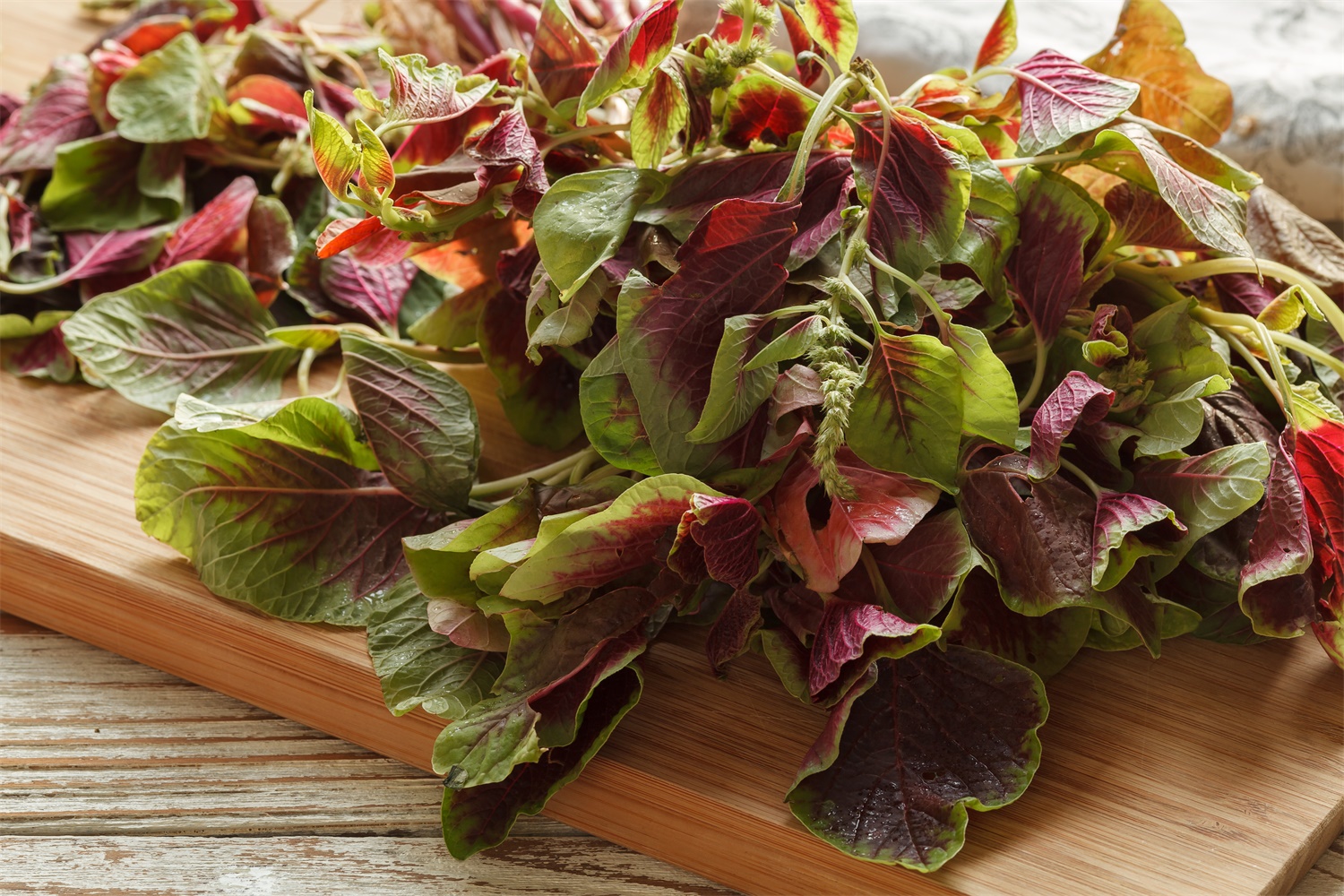1、 Curing method
1. Light: amaranth must be given enough sunshine during its growth period, so that it can grow fast, otherwise it will grow slowly, so the condition of light is essential
2. Moisture: the temperature is relatively low in spring and summer, so the water volume should be controlled and the soil should have a little moisture. In summer, the temperature is relatively high, so it needs to be watered often. Once the water is lost, its roots will die and its leaves will wither and yellow

3. Soil: there are no strict requirements on the selection of soil. Generally, it is OK to choose a more fertile soil with good drainage
4. Temperature: its habit is heat-resistant, and it will sleep in winter. The suitable temperature for growth should be 23 ~ 27 ℃, the growth is slow below 20 ℃, and the seed germination is difficult below 10 ℃

2、 Breeding skills
1. Sowing: sowing amaranth in summer and autumn only takes 3 ~ 5 days to produce new seedlings. After the new seedlings are produced, the weeds should be removed in time. And to fertilize it, but also to ensure that there is no lack of soil water, choose a more fertile soil for sowing. If the soil selection is not good, it is difficult to grow
2. Spend summer: in summer, you need to use something similar to a sunshade net to cover it during the day and uncover it at night, so as to create a suitable temperature environment conducive to the growth of amaranth. Watering properly, not too much, will lead to waterlogging and death at the root

3、 Diagnosis and treatment problems
1. Yellow leaves: when many people breed amaranth, the leaves turn yellow. It is usually caused by too much water, resulting in damage to the root and yellow leaves. As long as you pay more attention at ordinary times, it can grow very well
2. Rotten roots: amaranth is mainly harmful to the stem base. The appearance of the diseased plant looks like water shortage and wilting. The root cortex rots and falls off, so it can't grow new roots. It should be watered less at ordinary times, and there should be no water storage

4、 Other issues
1. Indoor breeding: amaranth can be cultured indoors and planted on the balcony. Sowing from March to April will soon grow luxuriantly
2. Whether it is poisonous: it is not poisonous, but amaranth is vulnerable to insects, so it needs to be treated with pesticides to kill insects and virus bacteria. Special attention should be paid to cleaning after picking


 jackfruit
jackfruit snake plant
snake plant hibiscus
hibiscus hydrangea
hydrangea lavender
lavender Green roses climb al...
Green roses climb al... If you don't pay att...
If you don't pay att... Management of four g...
Management of four g...

































